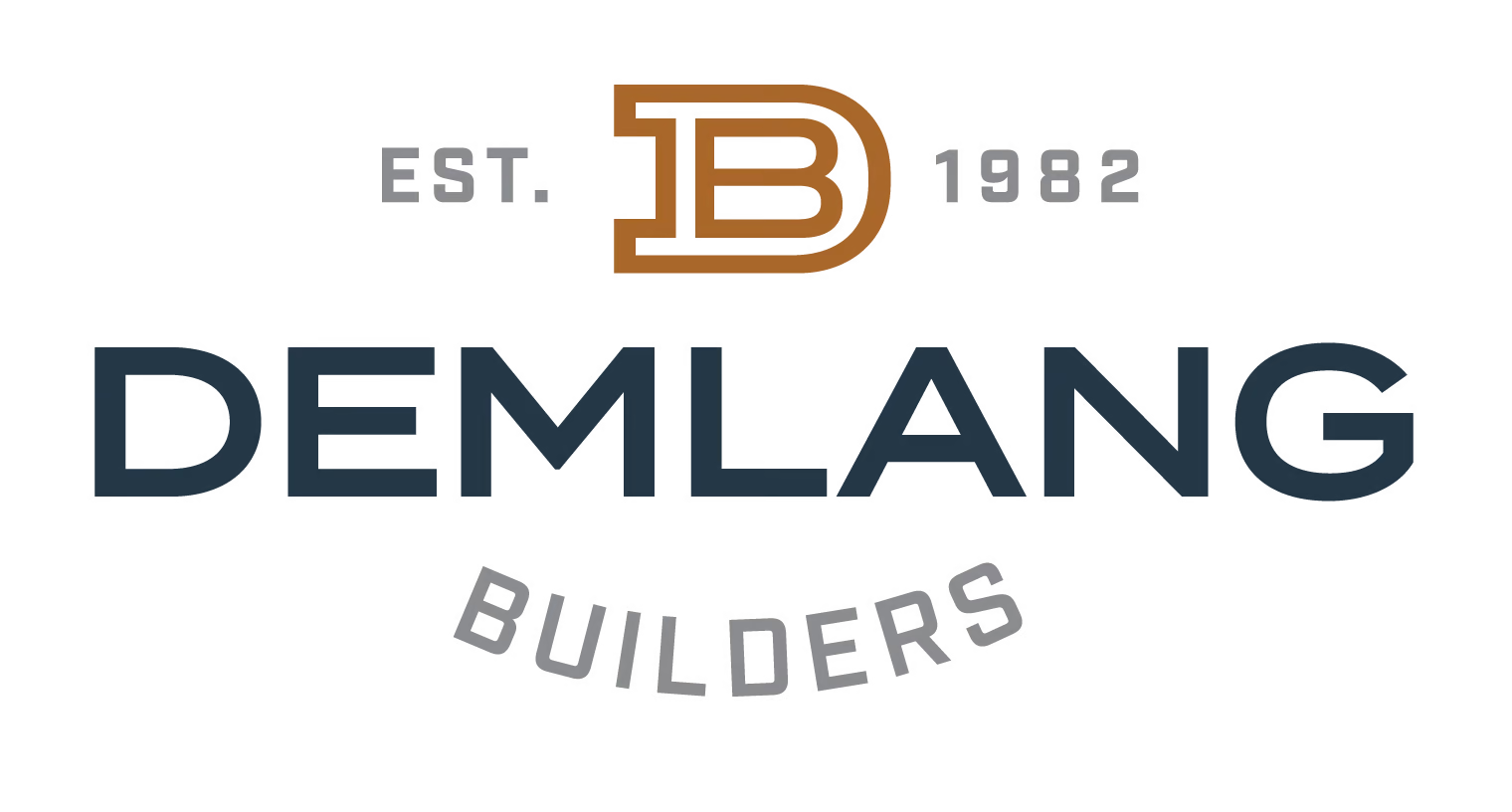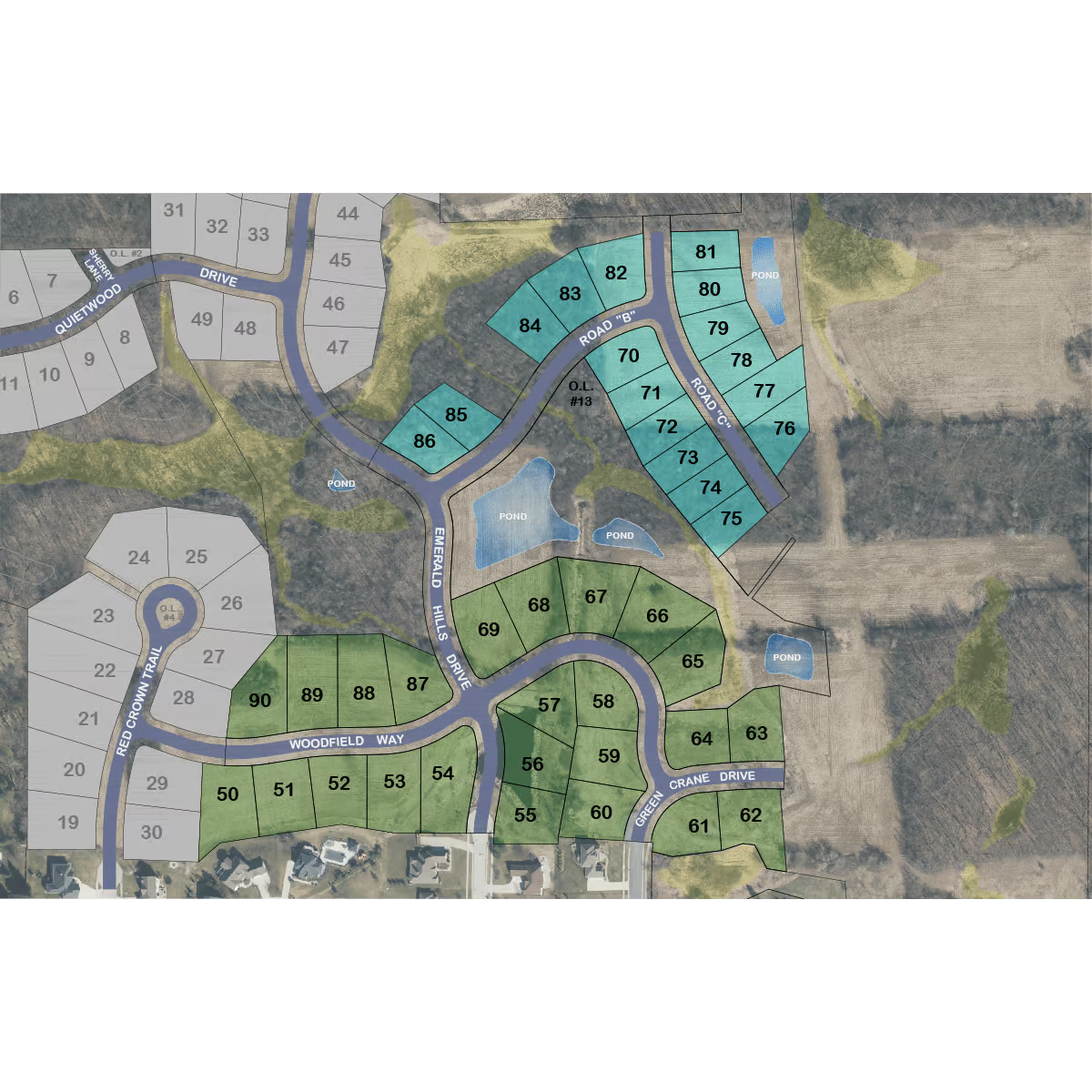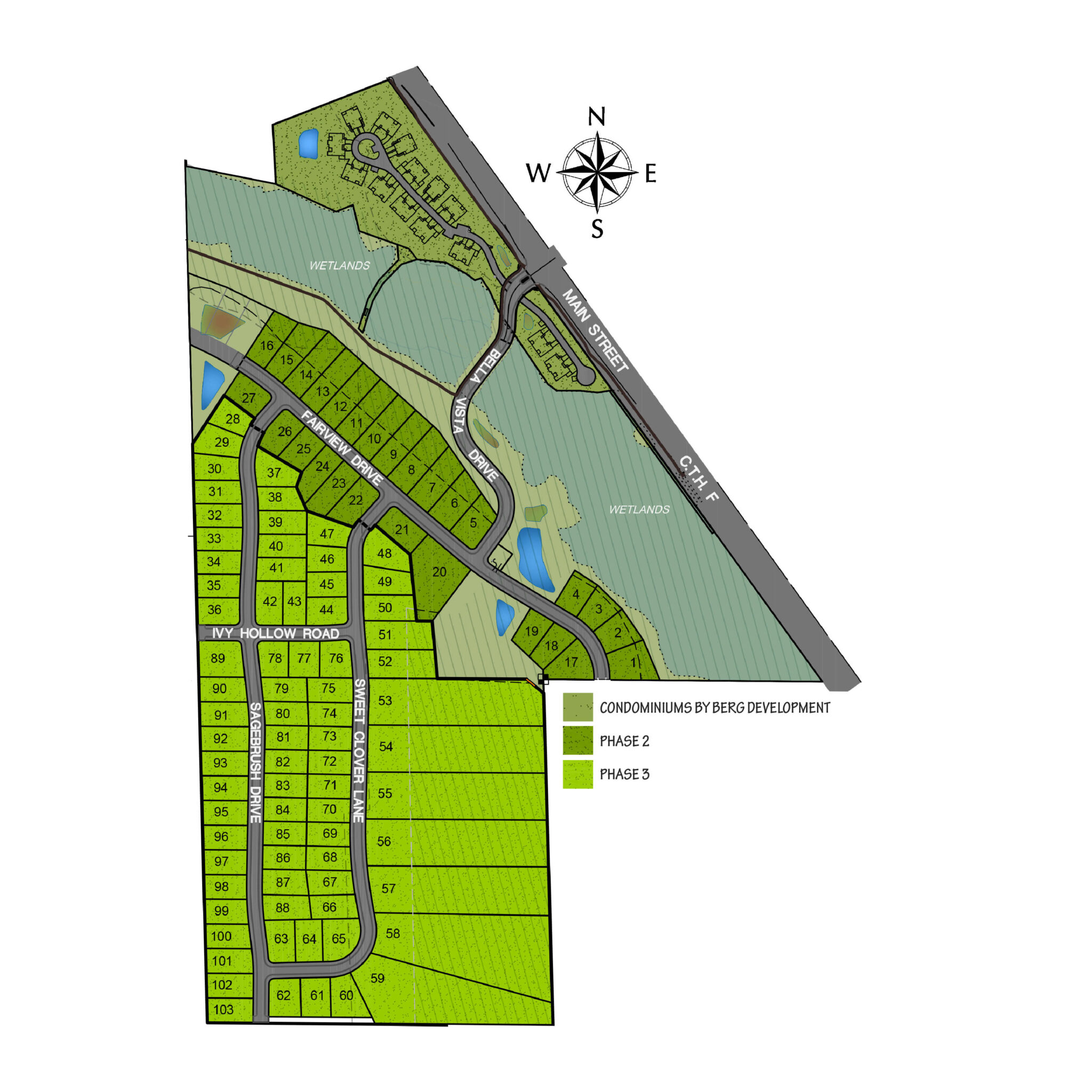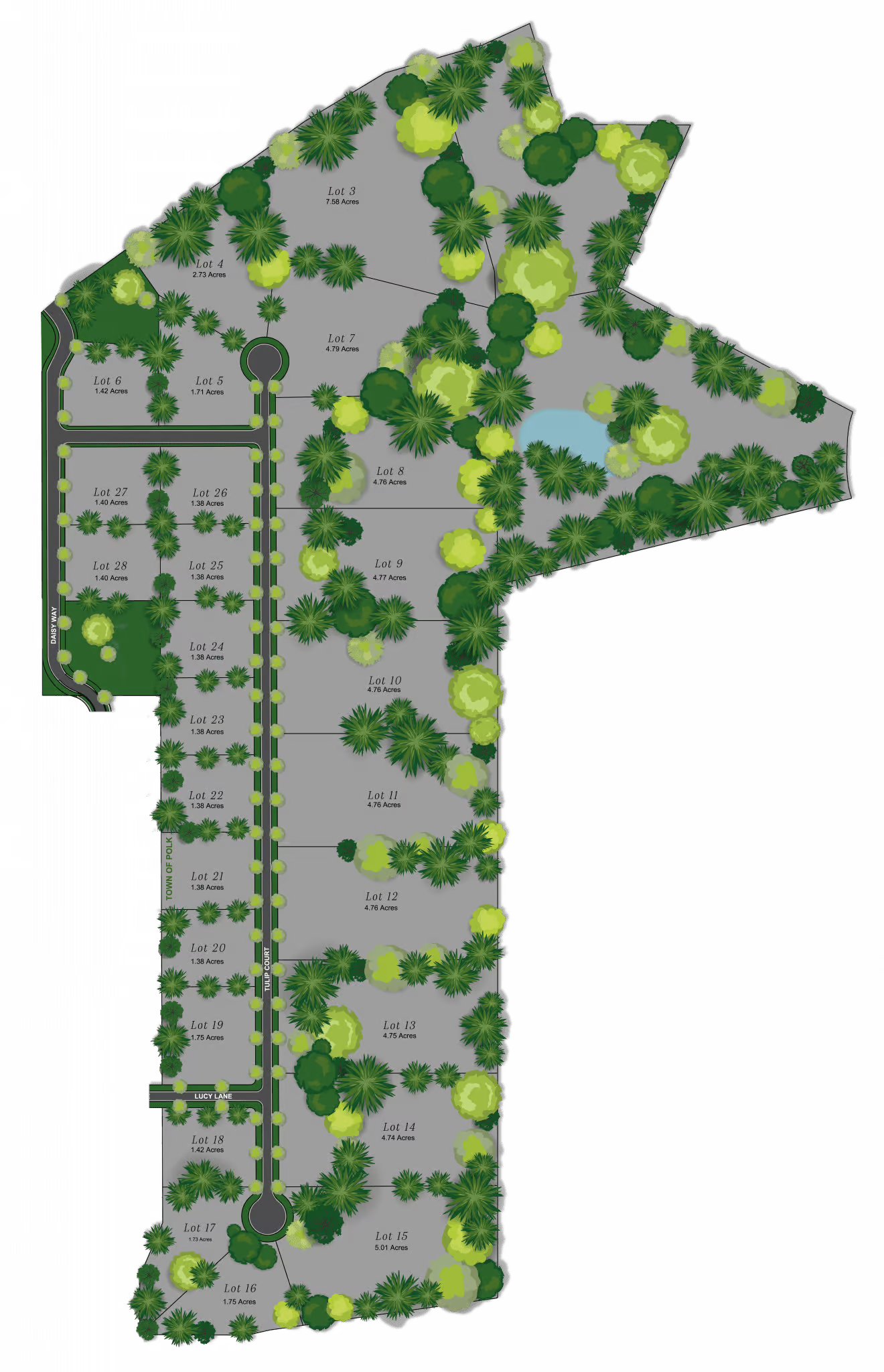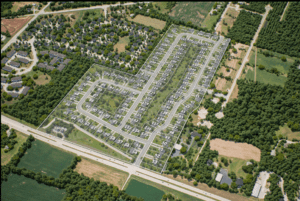Adding Value To Your New Home Through Value Engineering
Blog Summary
- Learn how value engineering reduces unnecessary costs without sacrificing quality, giving you more for your budget when building a new home.
- Demlang Builders uses smart value engineering practices—like simplified layouts, efficient materials, and strategic rooflines—to maximize livable space and style.
- Discover how value engineering helps create homes that are efficient, functional, and tailored to your needs, from floor plan to final finishes.
All new homeowners want the best possible home within the constraints of their budget. One critical step to get the best “bang for your buck” is to work with a builder (like Demlang!) that practices value engineering, a systematic approach to construction that seeks to reduce the cost of a construction project without diminishing the quality of the finished product. It’s not about cutting corners, downgrading quality, or sacrificing the features you care about. Value engineering is rethinking a home design to eliminate unnecessary costs while maintaining high standards and perfect functionality. This efficient building strategy is part of every home we design and build at Demlang Builders.
The Value of Value Engineering
Value engineering is about making the most of your budget with creative solutions, guided by the expertise of a team that’s been building homes for decades. There’s a good reason it’s called value engineering and not cost engineering–the process not only reduces the potential price tag, but it also adds efficiency, reliability, and functionality that increase your home’s appeal. And with the money you save, you’re able to choose beautiful features and finishes. In other words, this approach creates value by increasing worth while decreasing cost. Value engineering shaves off hidden costs without sacrificing the things you see, touch, and care about in your new home.
A home design that hasn’t undergone any value engineering process may waste your money on excess materials and labor that don’t contribute meaningfully to your finished home. Instead of your budget being used for the luxurious flooring or fun three-season room you’ve been dreaming about, you’d be spending extra for floor trusses and scrap carpet that you’ll never see. Plus, an inefficient design might take longer than needed to build, delaying when you can move in. Value engineering solves these problems.
How Demlang Builders Value Engineers Our Homes
Every Demlang floor plan goes through a meticulous value engineering process, which continues throughout the construction of each new home. We are always reevaluating our plans and processes to discover new ways to improve our homes.
Our pursuit of value engineering starts with being a semi-custom builder. By starting with an array of tried and tested floor plans, we’re able to offer a more predictable cost structure while allowing for plenty of personalization. The floor plans we offer evolve over time to accommodate trends, homeowners’ tastes, and the new cost reduction methods we’ve found.
Value engineering can be a balancing act between reducing costs and creating visual interest, between staying within a budget and delivering unsurpassed quality. Our extensive home design and building experience helps us find creative ways to find this balance. Here are a few examples of our value engineering best practices:
- Minimal corners: Every corner in a home adds extra material and labor costs. Corners mean more structural framework, more complicated millwork installation, and more waste when a piece of drywall, flooring, or other material must be cut rather than used whole. The same is true for your foundation and exterior since every steel tie and piece of siding trim adds to your “invisible” costs. In general, corners disrupt the flow of work in a room as crews must change gears and relocate tools–time spent not making forward progress on construction. We design our layouts with clean, simple footprints and minimize the number of internal corners to offer airy, open spaces without feeling like you’re living in a rectangle.
- Bedroom sizes: The children’s and guest bedrooms in our homes are usually 12 feet square. This gives kids plenty of space but also helps us make efficient use of materials. Carpet typically comes in 12-foot rolls. By making rooms that match this dimension, we can use carpet off the roll without waste or extra sections. A smaller bedroom would mean trimming off unusable bits that get scrapped, which wastes your budget, while a larger bedroom would require paying for an extra strip of carpet and additional labor to conceal the seam.
- Rethinking rooflines: Every peak and valley in a roof means higher costs due to additional flashing, material waste, and the work required for seams. However, we understand that a flat roof would be boring! Plus, roof angles help with proper drainage to your home’s gutters. Demlang homes have roofs that are visually interesting and are designed to drain and ventilate properly, which prevents ice damming.
- Eliminating or using dead space: Value engineering is all about usability! We find fun ways to use otherwise unusable space, like turning the area under a staircase into a closet or wine cellar. In many homes, hallways are a waste of space that you don’t spend much time in. We try to use as few hallways as possible, while also rethinking how they function. Your Demlang home might feature a hallway that serves as the entrance to an office or one that creates separation between the master bedroom and living space, like you’ll find in our Harper floor plan.
- Planning ahead with contractors: We’re always in close communication with the 200+ people that touch each Demlang home. That way, we can anticipate the tweaks and changes your home will need to keep costs down, such as working with the exact size of cabinets you’ve selected and planning for the correct load that your I-joists can handle.
Build a Value-Engineered Home With Demlang
This is just the beginning of how Demlang carefully plans every home we build. The value engineering process is as unique as each home, and doesn’t end until you and your family move in. To get started with a value-engineered home of your own, contact a New Construction Specialist today!
